When prepping, it’s easy to get carried away with stockpiling items that seem essential but might actually be a waste of space or resources. Over the years, I’ve learned that some of the most commonly packed survival gear can end up being more of a burden than a blessing. Sometimes, it’s the sleek packaging or promises of usefulness that lead us to invest in things that won’t help us when things go sideways. This list is meant to help you refine your supplies and cut out the excess—so you can focus on what really matters in a true survival situation.
Here are 16 items you might think you need, but you don’t—and what you should consider instead.
1. Fancy Multi-Tools With 20+ Functions
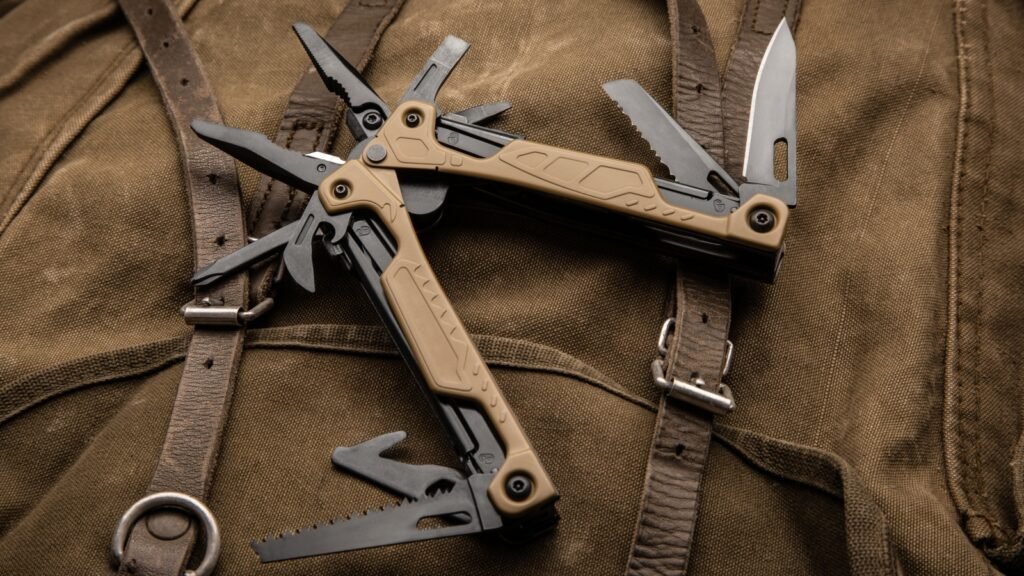
While multi-tools can be incredibly useful, those with too many functions can end up being bulky and hard to use. Often, you only really need a solid knife, a pair of pliers, and maybe a screwdriver. Focus on quality over quantity, because when something breaks, you’ll regret the extra bells and whistles.
2. Oversized Tents

Sure, a spacious tent sounds great—until you have to carry it. In a survival situation, mobility is key. Large tents take up space and add unnecessary weight. Opt for a lightweight, compact shelter like a tarp or bivy sack. You’ll thank yourself when you need to move quickly.
3. Survival Canned Bread

It’s tempting to buy long-lasting food, but survival canned bread is a poor choice. It’s often dense, flavorless, and provides little nutrition. Instead, focus on dry goods like rice, beans, and oats, which pack more calories, are easier to store, and don’t taste like cardboard.
4. Tactical Shovels With Extra Gadgets
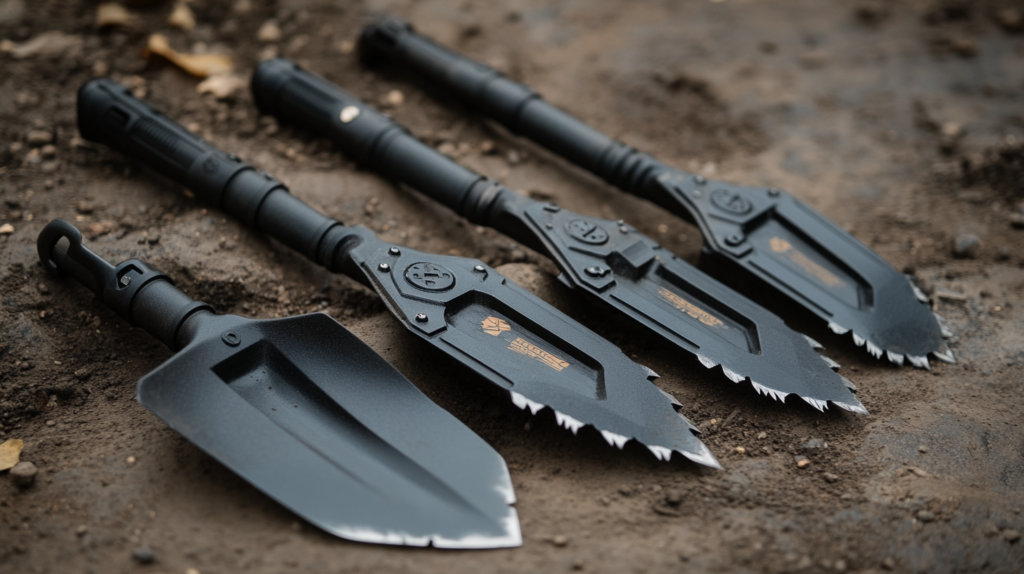
Tactical shovels with built-in compasses, blades, and fire starters may look cool, but they often aren’t sturdy enough to do any of these tasks well. A simple, durable shovel paired with individual tools will serve you better when you’re actually out in the wild.
5. Excessive Ammo
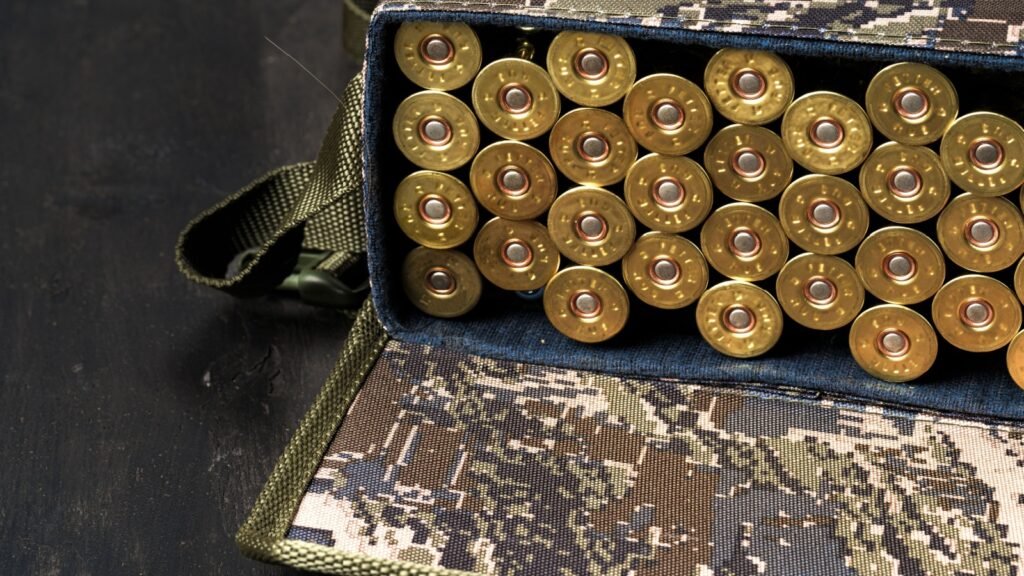
Yes, ammo is important, but having more than you can carry is pointless. Prioritize a reasonable amount that you can comfortably transport, rather than stockpiling thousands of rounds that will just weigh you down. It’s also smart to focus on ammo that works for a versatile, multipurpose firearm.
6. High-Tech Water Purifiers
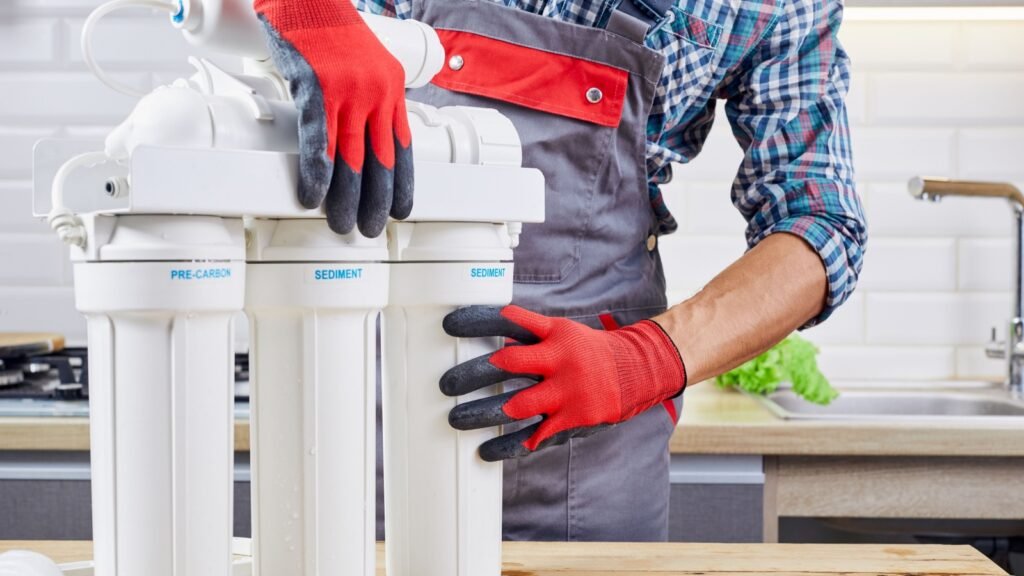
Some advanced water purifiers rely on batteries, complex filters, or electronic components. In a pinch, these can fail. Instead, a basic, gravity-fed filter or purification tablets are reliable and don’t require any power—plus, they’re lightweight and packable.
7. Solar-Powered Gadgets
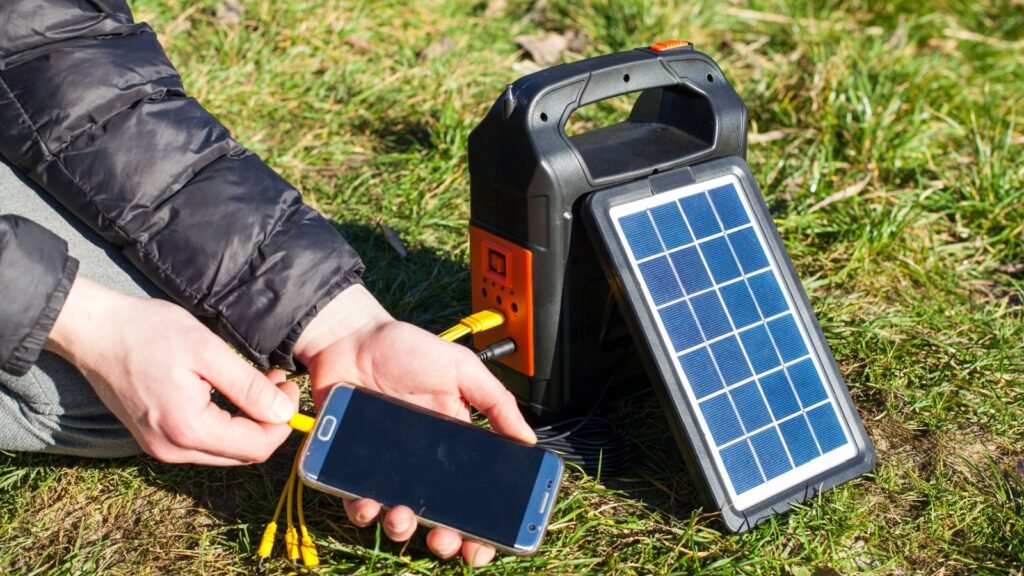
While solar-powered gear may seem like a great idea, it often takes too long to charge, especially in low-light conditions. Focus on manual tools, like hand-crank flashlights or radios, and pack extra batteries instead of relying solely on the sun.
8. Full-Sized Lanterns
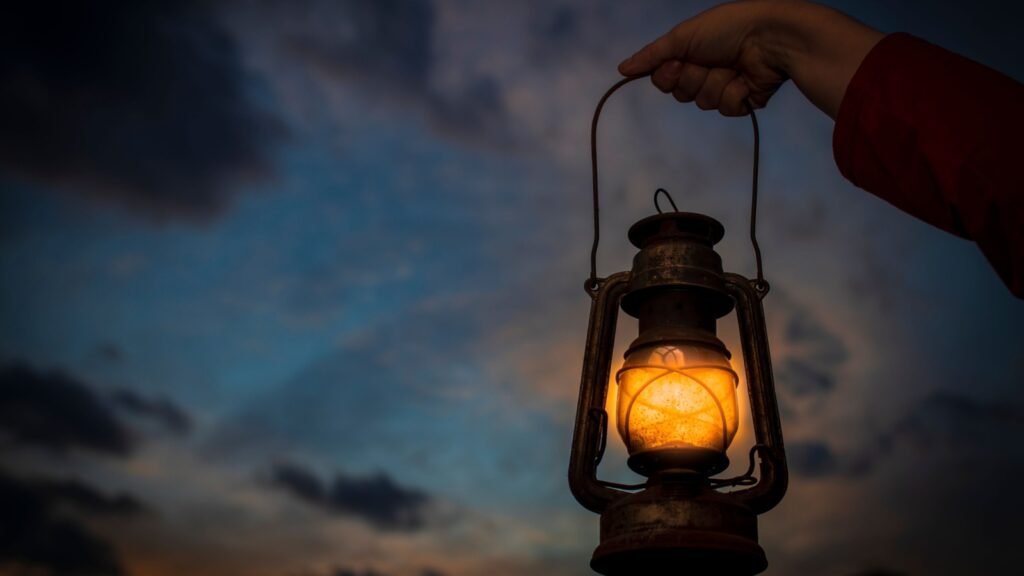
Full-sized lanterns provide a lot of light, but they’re big, heavy, and burn through fuel or batteries quickly. A small headlamp or flashlight is far more practical, freeing up your hands and giving you plenty of light without the added bulk.
9. MREs (Meals Ready to Eat)
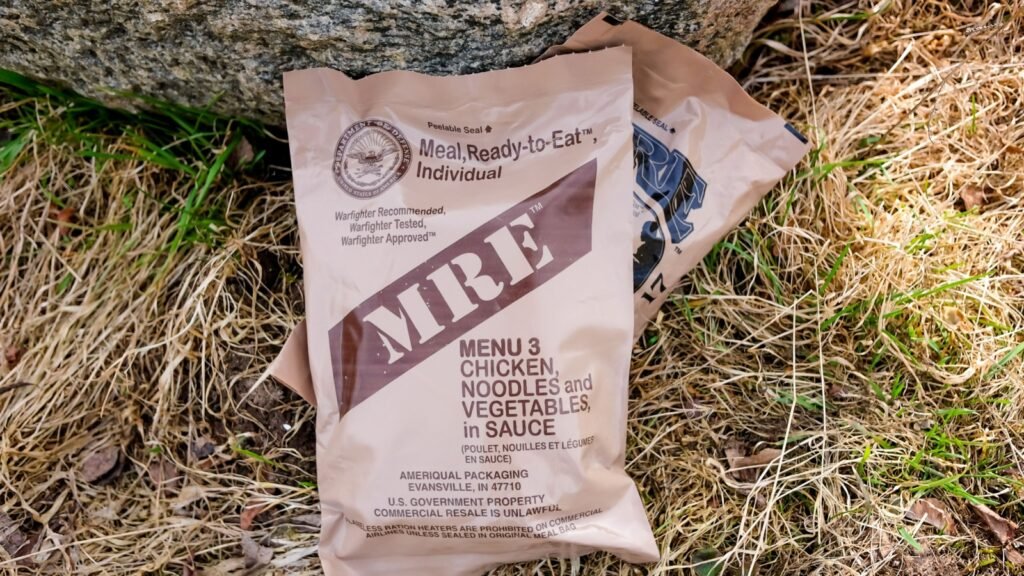
While MREs are convenient and have a long shelf life, they’re also expensive, heavy, and often contain too many preservatives. Dried foods like jerky, nuts, and dehydrated meals offer the same convenience with more nutrition per ounce.
10. Bulletproof Vests

While it might feel good to have extra protection, a bulletproof vest isn’t practical for most scenarios. It’s heavy, bulky, and can limit mobility. Unless you’re planning for a specific threat that involves active gunfire, this item can be skipped.
11. Glow Sticks

Glow sticks are a common item in emergency kits, but their short lifespan makes them unreliable. After a few hours, they’re useless. Instead, opt for rechargeable or battery-operated lights that will last much longer and can be reused.
12. Fire Starters With Too Many Features

Some fire-starting kits come with everything from magnifying glasses to tinder compartments, but the complexity adds too many points of failure. Stick with reliable options like a ferro rod or waterproof matches. They’re simple, effective, and won’t break down easily.
13. Expensive Water Storage Containers
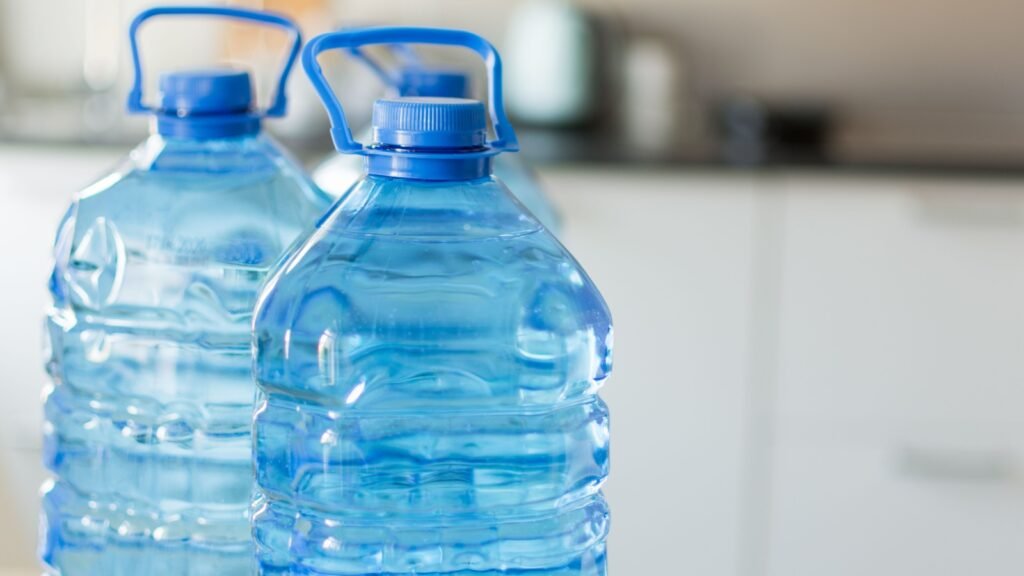
There’s no need to spend a fortune on fancy water storage containers. You can repurpose sturdy, food-safe plastic bottles or even soda bottles to store water safely. They’re cheap, durable, and just as effective as those high-priced options.
14. Luxury First-Aid Kits

Many people buy expensive first-aid kits that come with dozens of items they’ll never use. Instead, build your own kit with essentials like bandages, antiseptic, and any prescription meds you need. This allows for customization and ensures you have what’s truly necessary.
15. Biodegradable Toilet Paper

It might sound eco-friendly, but biodegradable toilet paper often takes a long time to break down and still requires burying, which is impractical in some situations. Instead, pack a small amount of regular TP, or use natural alternatives like leaves or smooth stones.
16. Bear Spray (If You Don’t Live Near Bears)
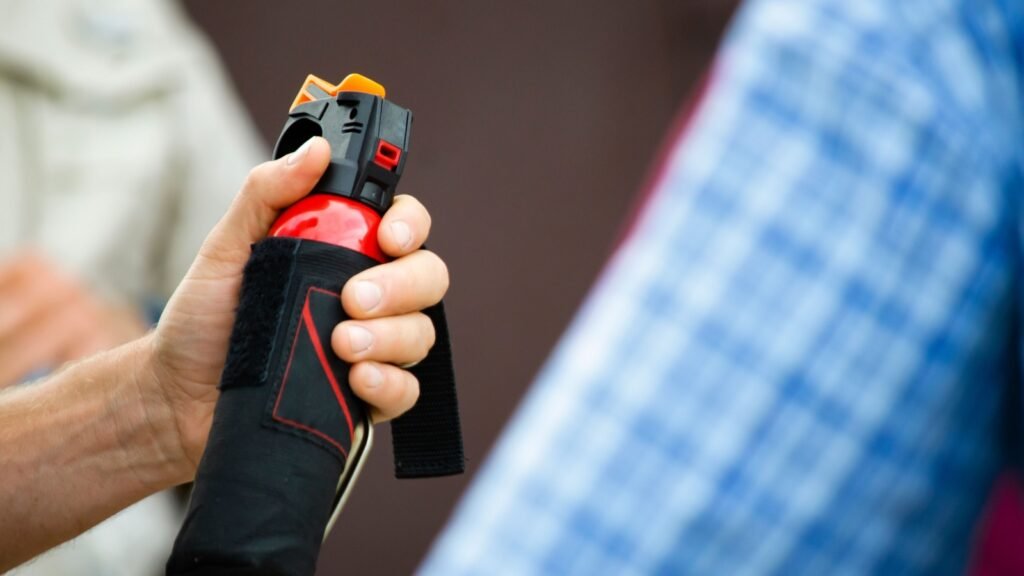
If you’re prepping in a region with no bears, bear spray is unnecessary. It’s bulky and may expire before you ever use it. A good pepper spray for personal defense is far more practical and lightweight for everyday carry.

